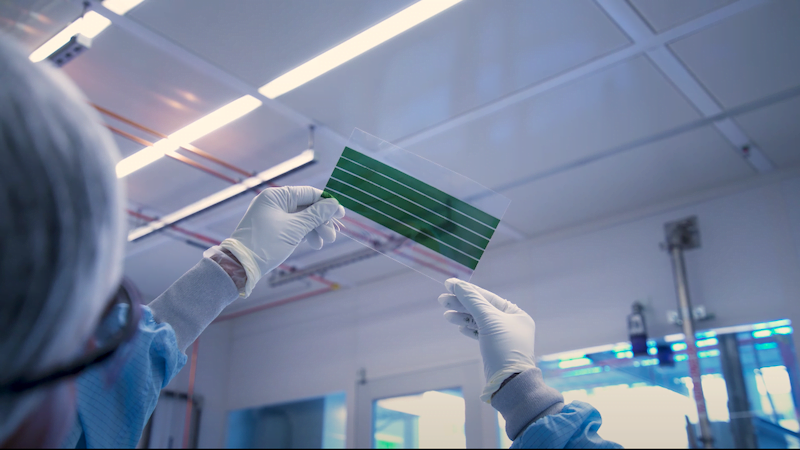
Researchers from the Massachusetts Institute of Technology (MIT) have apparently managed to print solar cells that are as thin as a piece of paper. With the help of nanotechnology, they should be able to generate electricity on almost any surface – and extremely efficiently.
The expansion of photovoltaic systems is progressing. In this country, installed systems are already making an important contribution to the energy transition. According to reports from the Fraunhofer Institute, Germany is now generating a total of 59 gigawatts from the sun.
Nevertheless, the expansion of technology always creates new challenges, such as the availability of space. After all, many systems still require a lot of space. Researchers from the Massechusets Institute of Technology (MIT) have now developed a solar cell that can be attached to almost any surface and is only as thick as paper.
Printed solar cells: thin as paper, but efficient and stable
Nanotechnology makes this possible. The Dyneema material forms the fabric onto which the researchers print the solar cell using semi-conductive ink. This fabric is already used today in bulletproof vests or work clothing and is particularly stable. As innovative as the approach sounds, the procedure is not new.
Years ago, scientists succeeded in printing a solar cell onto thin structures. At that time, however, the price was the limiting factor and posed a problem. With the semi-conductive ink and the particularly stable Dyneema, this could soon change. The application scenarios are diverse.
Solar energy: technology is a hundred times lighter and more powerful
For example, it should be possible to print the solar cells on tents, sails or drones. Because the technology is not only a hundred times lighter, but also more powerful than conventional photovoltaic modules. The research results from MIT speak of an 18-fold performance of the printed solar cells.
However, it is still unclear whether and when the technology will conquer the market. However, the research results can now serve as a basis for setting up mass production and scaling the approach. Then one day many products could not only fulfill their regular purpose, but also serve as a power plant.
Also interesting:
Source: https://www.basicthinking.de/blog/2022/12/14/gedruckte-solarzellen/


